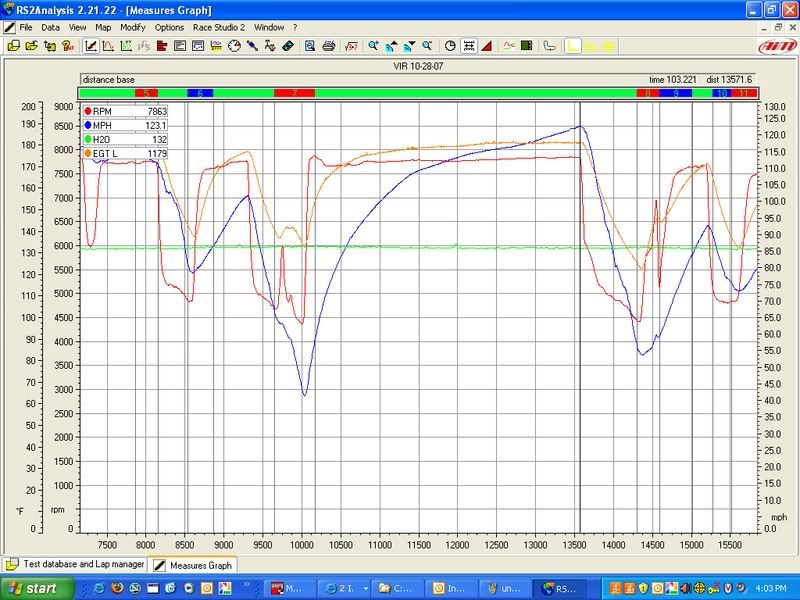I think I have a general understanding of the premise. I have experience in centrifugal clutch kart racing and many years ago was involved with a Jr. Dragster team which utilized a salisbury drive. But that is it. Never even seen a F500 much less a F500's CVT. Non-existent out here.
I am assuming that the drive pulley has the ability to change effective diameter (where the belt sits) based on rpm, with a spring and weight system with the diameter growing with engine rpm.
I am also assuming that the driven pulley size corresponds to the axle rpm. Effective diameter growing smaller as the road speed increases.
I am assuming that the springs and weights chosen determine when the pulleys begin to change diameter and at what rate.
IF my understanding is incorrect, please educate me.
If my understanding is correct, how much does the front pulley effective size change once the peak tq or whatever engagement rpm is chosen is reached?
What is the difference in effective gear ratio between lowest and tallest gearing?
Thanks for the enlightenment!




 Reply With Quote
Reply With Quote









